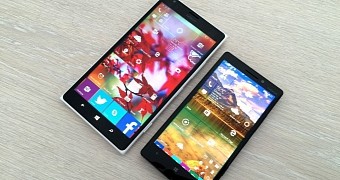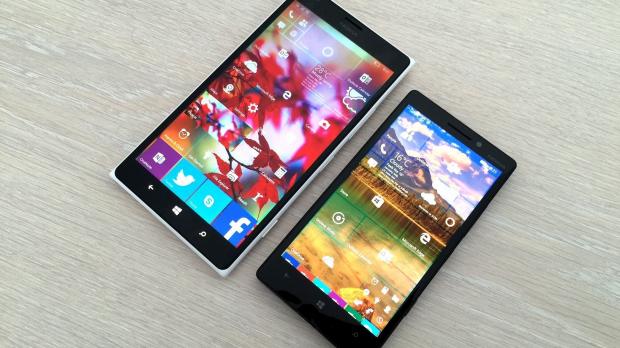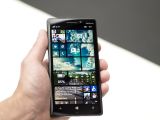Microsoft shipped the last update for Windows 10 Mobile on December 10 as part of this month’s Patch Tuesday cycle.
The December 10 release also marks the end of Windows 10 Mobile, the platform that has been in a dormant state for several years already and which everybody, including Microsoft itself, expected to be retired once and for all.
While for many the end-of-support is a painful moment, the market share of Windows phones collapsed to 0 percent a long time ago, and this was living proof that most of the users already made the switch to Android or iOS.
Which is exactly what Microsoft itself recommended, as the company told its users to abandon Windows 10 Mobile and move to Android or iPhone if they wanted frequent updates and app support.
But this doesn’t necessarily mean Windows phones will go dark so fast. In fact, Windows Phone and Windows 10 Mobile will remain in history as the operating systems that brought us features that nobody else managed not necessarily to copy but to adopt and improve in a more unique manner. And today, we’re going to discuss three features that more or less set Windows 10 Mobile apart.
Live tiles
Let’s admit it. Live tiles have always been one of the things we loved about our phones, and despite they eventually made their way to the desktop, live tiles just made more sense on mobile.
Microsoft too loved live tiles, and the company even had plans to further improve this concept with features that made them more dynamic and interactive. Options to interact with apps straight from the live tile were once planned, and so were various effects that would have made them feel more modern and fresh all the time.
Many consider live tiles a much better approach than the static icons on Android and iOS, and truth be told, they really are. Despite the fact that some Android launchers do try to bring live tiles to Google’s mobile operating system with a similar concept, they still lack the level of polishing that made them feel so alive on Windows phones.
Windows Phone/Windows 10 Mobile design
I know that opinions are mixed on this, but I actually loved the Metro design language. Microsoft did try to bring the same approach to the desktop, just like it did with live tiles, but the implementation overall more or less failed to impress on a device where the mouse and keyboard still represented the main input method.
The Windows 8 experiment, which included both live tiles and the Metro UI with a Start screen and everything, was reverted with the release of Windows 10, which brought back the Start menu and an approach that not necessarily focused entirely on a mouse and keyboard, but made these an essential part of our interaction with a computer.
Despite Microsoft pushing Windows 10 as an OS for desktops and tablets, the latter is yet to gain traction. And it’s all because for users, Windows continues to be an OS that they use with a mouse and keyboard.
Glance screen
The always-on display is something that so many Android devices currently feature, but back in the days when Windows Phone was still a thing, flagship Lumia devices were the only ones boasting such capabilities.
Glance screen, which displays essential information like the clock and notifications on the lock screen, was a feature that I absolutely loved on my Lumia 1520 and which I truly missed on the Lumia 930. This latter model, despite being considered a flagship, lacked Glance because it used an OLED panel, and the risk of burned pixels was significantly higher.
Eventually, Glance screen inspired Android device manufacturers to create their own interpretations, which are now available on plenty of models, including from Samsung and Google. This once again shows that Windows phones have been so ahead of their time despite its poor adoption.

 14 DAY TRIAL //
14 DAY TRIAL // 



